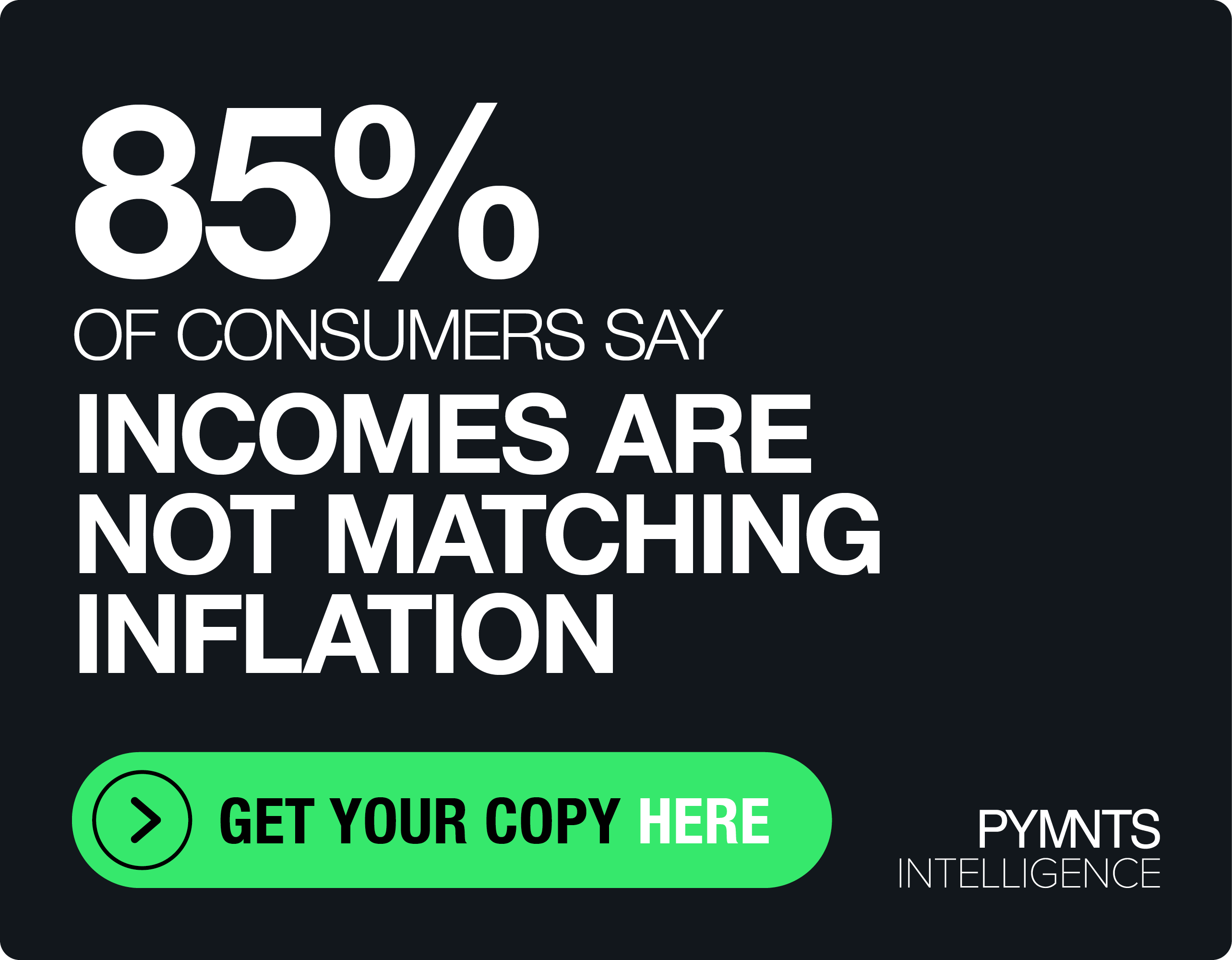Today In Data: CopyCat And Cyberattack Talk

Cyberattacks are never welcomed by any piece of technology.
Late last month, reports surfaced of a “massive cyberattack” originating in Europe and quickly spreading to major corporations across the globe. According to Bloomberg reports on June 27, the attack was similar to WannaCry, first targeting Russia and the Ukraine, with more than 80 businesses were affected. The attack saw a ransom of $300 in cryptocurrency demanded from corporates to unlock their computers.
Similarly, Android recently came under attack again with the CopyCat ransomware sneaking into people’s devices. The malware campaign stretched across April and May of 2016 and had as its breeding ground third-party app stores, among other conduits, skirting Google Play.
“CopyCat is a variant of a broader malware family that we’ve been tracking since 2015. Each time a new variant appears, we update our detection systems to protect our users,” said Aaron Stein, a Google spokesperson, in a statement. “Play Protect secures users from the family, and any apps that may have been infected with CopyCat were not distributed via Play.”
Additionally, consumer goods company Reckitt Benckiser Group Plc. is reporting its financial losses from the June Petya cyberattack are likely to cost it 2 percent of sales in the second quarter.
The company said some of the loss from the cyberattack won’t ever be recovered. At the time Petya hit, the consumer goods company was in the process of improving its cybersecurity systems. Because the attack was particularly malicious, lots of other multinationals suffered costly consequences.
Here are some of the CopyCat and Petya cyberattack numbers:
14 million | Number of Android devices impacted by CopyCat
100 million | Amount of malicious ads that CopyCat used to infect Android devices
50,000 | Number of Android devices still affected by CopyCat today
2 percent | Loss of sales for Reckitt Benckiser Group Plc. from Petya cyberattack
£45 million | Predicted cost of Petya hit
